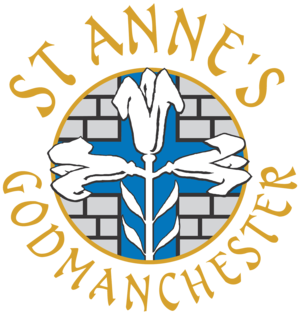Design and Technology
Curriculum aims
The aim of our Design and Technology curriculum is to encourage children to use and develop their creativity and imagination to design a range of products. By following the National Curriculum, we provide children with the skills and knowledge to enable them
to become more confident in and independent in developing their creative ideas. Where appropriate we develop a cross curricular approach where children can enhance and demonstrate their skills and knowledge. It is important for children to understand the whole design process from analysing and researching existing products, planning their own designs and being able to communicate their ideas effectively and make decisions about material suitable for their ideas. The final stage of all projects is to encourage children to evaluate finished products and enable them to reflect on the effectiveness of their designs while suggesting improvements.
Curriculum implementation
The school’s implementation of the Design and Technology subject area uses the National Curriculum as a framework whilst utilising well researched and effective projects from sources such as Kapow, STEM Learning and The British Food Foundation to support the food technology elements of this curriculum area. As well as teaching the knowledge that is needed, children will get many opportunities to practice skills through a ‘hands on’ approach. Children are regularly constructing models and products as well as applying cooking skills and knowledge. Design and technology is taught in discrete blocks during the year. All projects follow a structure of research and analysis, design, communication of ideas and planning of materials and processes and finally an evaluation and reflection of final models and products made.
Curriculum outcomes
Through the teaching of Design and Technology, children learn to plan and consider projects carefully as well as confidently critique their own projects and suggest ways to improve and develop them further. They become curious about the world around them and how things work. Teachers monitor children's developing skills and knowledge by providing continual support and considered questioning to help children expand their ideas. Children's work is recorded in a variety of ways including the production of annotated plans, physical models and products and records of children's analysis of what has been made. Subject leaders monitor progress through lesson observations and reviewing work completed alongside class teachers. This feeds into the continual development of this subject area.

